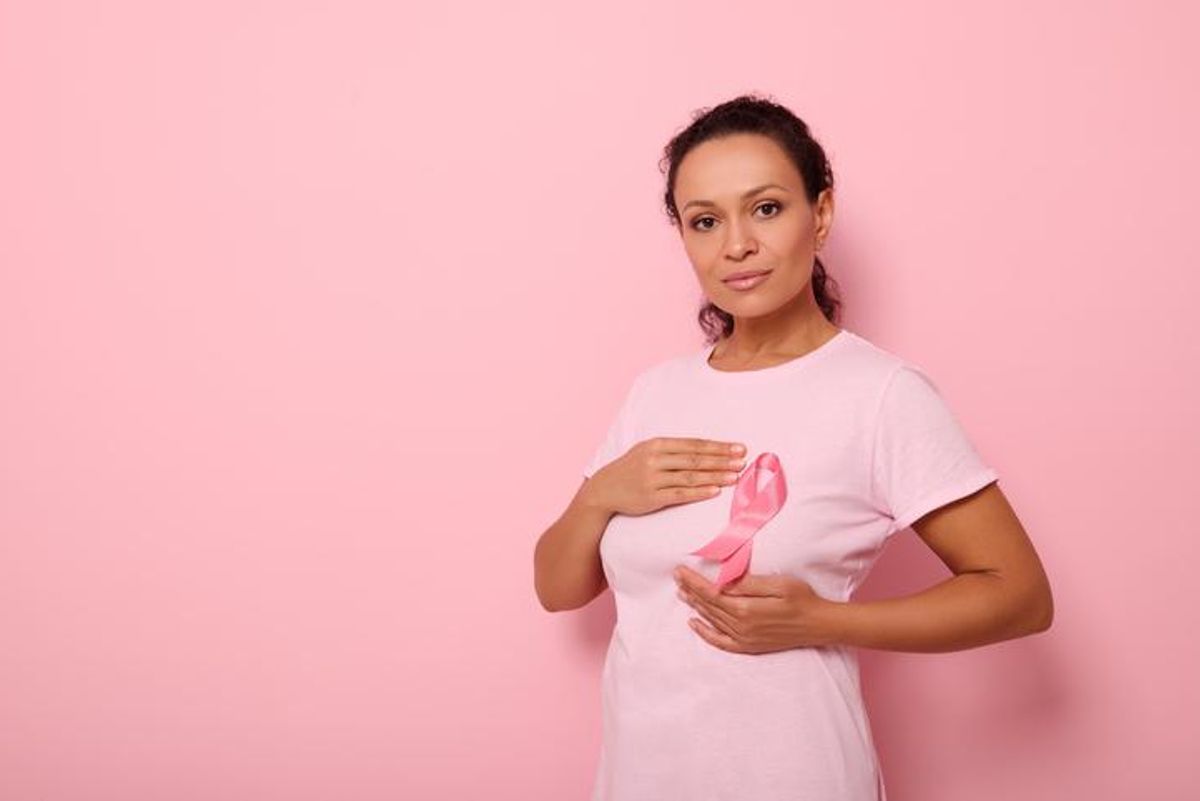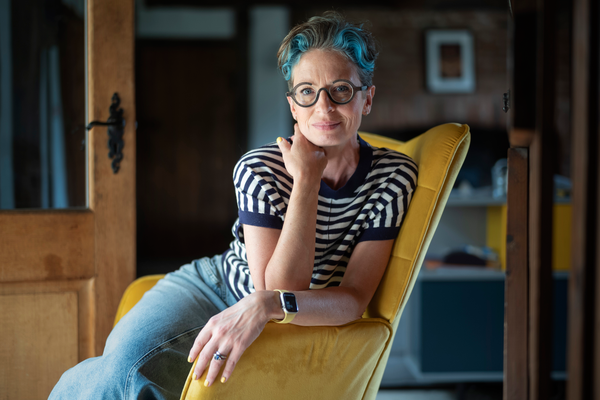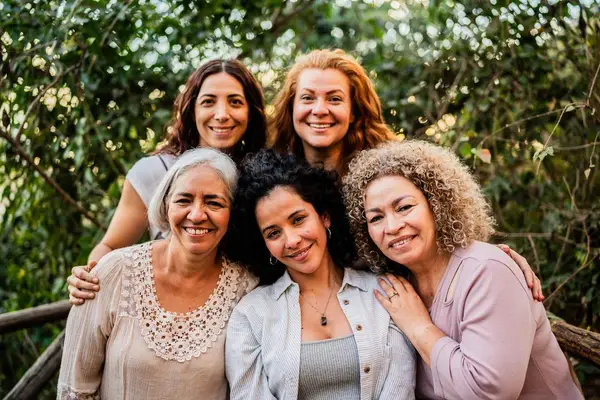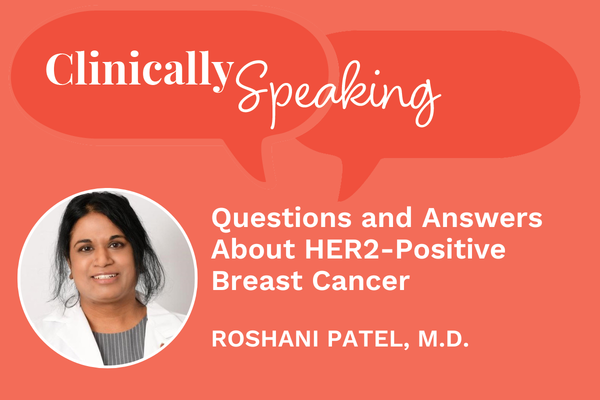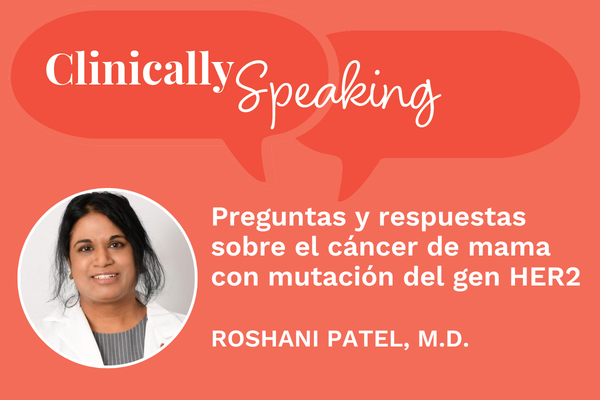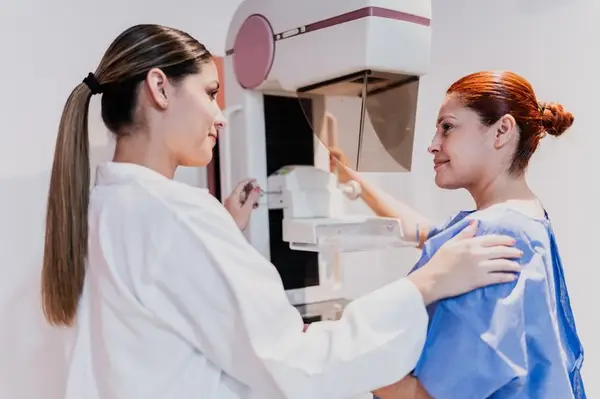In 2013, Katrece Nolen, a 47-year-old Black woman in Northern Virginia, noticed one of her breasts felt swollen. She called her doctor and was sent for a mammogram. The results did not confirm the presence of cancer, so Nolen was prescribed an antibiotic regimen for what was thought to be mastitis. Several weeks later, her breast was even more swollen.
Nolen contacted the office of a breast surgeon and was told they couldn’t see her for two months. “An offer was not made to check with the manager to see if this issue may warrant an earlier appointment or to identify another doctor who may [have been] available to see me sooner,” she recalled.
When she finally convinced someone to schedule her with another doctor in the practice, she arrived for her appointment with the required mammogram results and was told she would have to reschedule since she had the CD with images of her first mammogram but not the actual mammogram film, and the practice didn’t have equipment to read the CD.
“It was 3:00 in the afternoon and I was the only one in the office,” Nolan said. “The place where I had the mammogram done was literally across the street, and I offered to run over and get the film, but they said I’d have to rebook. My breasts were so large I could barely button my shirt; there was clearly something desperately wrong, but they showed me no empathy at all. They just kept repeating that I had to make another appointment. I felt ignored.”
Nolen believes race played a part in her difficulty with getting access to breast cancer care, an experience shared by many women of color. Racial disparity in breast cancer care is, unfortunately, a very real phenomenon.
A look at the numbers
White and Black women have the highest rates of breast cancer, while American Indian and Alaskan Native women tend to have the lowest. A white woman’s lifetime risk of developing breast cancer is 13% and a Black woman’s is 12%, but the mortality rate is higher among Black, Hispanic and Native American women than for white women. This is especially the case in the Black population, who are 40% more likely to die of breast cancer than white women. In recent years, the mortality rate of breast cancer in white women has decreased as a result of early detection and more effective treatments, yet at the same time, mortality rates have been on the rise in the female Black community, especially in the past five years. In fact, Black women have a 31% mortality rate from breast cancer, the highest of any U.S. racial or ethnic group.
Why are Black women dying from breast cancer at such a high rate?
Rhonda Smith, a 10-year breast cancer survivor and executive director of the California Black Health Network, says there are many reasons for these shocking statistics. One factor is that African American women are more prone to triple negative breast cancer, a more aggressive and deadly form of the disease. This, combined with lack of preventive care and late-stage diagnosis, she said, plays a role, as do overall racial inequities in education, prevention, diagnosis and treatment.
Smith has personal experience with this. “I was part of a breast cancer survivor group in Miami when I lived there and one here [in California], and I saw women in both groups who have metastatic breast cancer but have lived 10-15 years. I rarely see Black women who live past two years,” she said. This, she explained, is because novel treatments are sometimes unavailable to Black women. ”I have a white friend who has been metastatic for 17 years and her oncologist has her on whatever the newest experimental treatment is,” she said. “I don't see that happening for women of color as often or to the same degree.” So, implicit bias, she said, plays a role and affects decision-making around care and treatment.
Lack of access is another barrier. “There aren’t that many cancer centers when you look at underserved communities, let alone healthcare centers in underserved communities,” Smith explained. Dr. Ana Maria Lopez, professor and vice chair of medical oncology at Sidney Kimmel Medical College, said there is also a lack of diversity within the healthcare field. “There are less than 10% of the students in medical school coming from African descent,” she said. This is something she’d like to see change. “Having people that look like you be a part of that process is going to be much more helpful than having people that are very different.”
And when patients of color like Nolen go in for appointments, they are also not seeing diagrams or models that look like themselves. “I don't think I've ever seen a breast model that was not white,” Lopez said. “People might say, ‘Oh, it can't make a difference; it’s just a model.’ But you're asking the person to identify with this, and they won’t.”
Another issue is the large lack of representation of minorities in research. One study looked at 230 clinical trials for cancer drugs and found that Black participants represented only 3.1% and Hispanic only 6.1% of the trial participants. Smith says mistreatment of Black people in past research such as the Tuskegee experiment and Henrietta Lacks has also played a role. “When it comes to conversations around clinical trial participation, these are not happening as frequently with Black and Hispanic or Latin patients as [they] are with white patients,” she added.
How experts hope to change this
Smith would like to see bills passed for breast cancer care, like California’s SB-65, which tackles racial disparities in maternal and infant care by improving research and data collection to educate providers about the socioeconomic factors that may contribute to communities of color having higher maternal and infant loss. “Educating healthcare providers is an important part if we're talking about eliminating health disparities across the board,” she explained.
Smith encourages women of all races to talk openly about their family history of breast cancer and to empower each other to keep up with mammograms. Lopez invites women without access to local screening and treatment facilities to take advantage of telehealth and hopes the push for more treatment centers in underserved communities continues. “A lot of cancer centers are starting satellite clinics so that they're in different areas more,” she said. This, she said, is a response to something survivors and patients have been saying: “Instead of us traveling to you, why don’t you travel to us?”
While Nolen was still desperately pleading to be seen by a doctor, the breast cancer surgeon — who happened to be a Black woman — walked by the lobby and Nolen was able to catch her attention. The doctor looked at Nolen’s chart and her swollen breasts, and suspected that Nolen had inflammatory breast cancer, which cannot be detected from a mammogram. The doctor scheduled Nolen for a skin biopsy the next day (Friday), rushed the results and confirmed the presence of cancer on Monday. Nolen’s experience taught her that when it comes to racial disparities in healthcare, it’s not always in the form of overt racial slurs.
“In most cases, it’s subtle or hidden in the way you are spoken to and dismissed by medical support personnel when seeking medical care,” she explained.
Now, almost a decade later, Nolen looks back on her experience and is thankful that she persisted. “If I hadn’t advocated for myself that day and insisted on being seen by the surgeon, I may not be here today.”
This resource was created with support from Sanofi.
- 25-year-long study of Black women links frequent use of lye-based ... ›
- We Need More Black Women in Clinical Trials - HealthyWomen ›
- Breast Cancer - HealthyWomen ›
- The Breast Cancer Burden for Black Women - HealthyWomen ›
- 25-Year-Long Study of Black Women Links Frequent Use of Lye-Based Hair Relaxers to a Higher Risk of Breast Cancer - HealthyWomen ›

